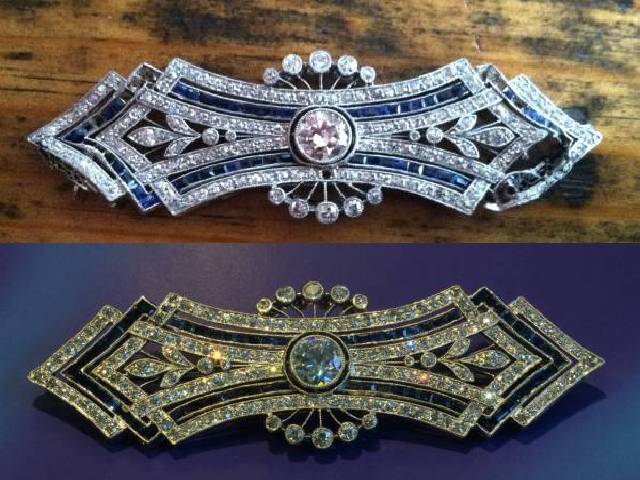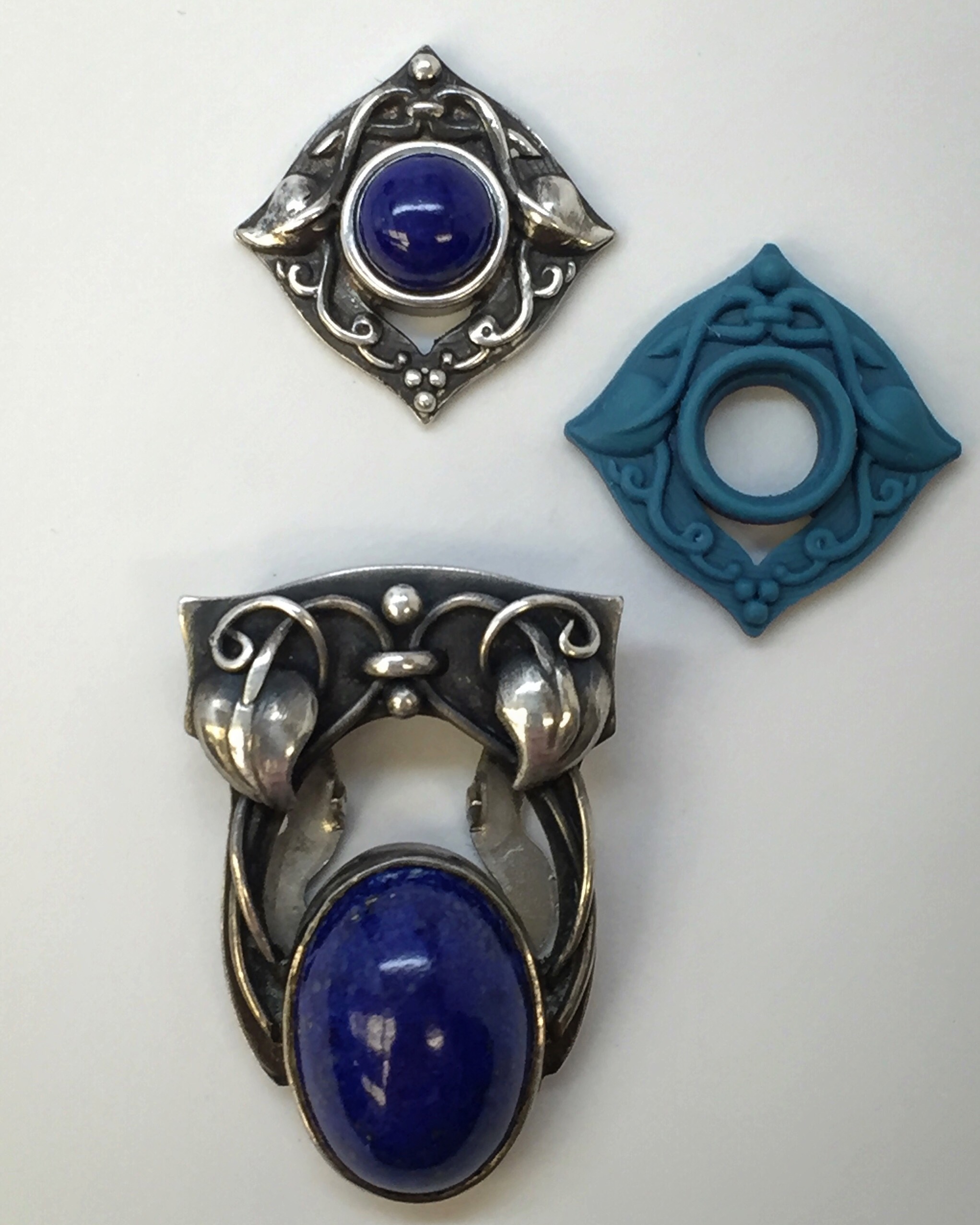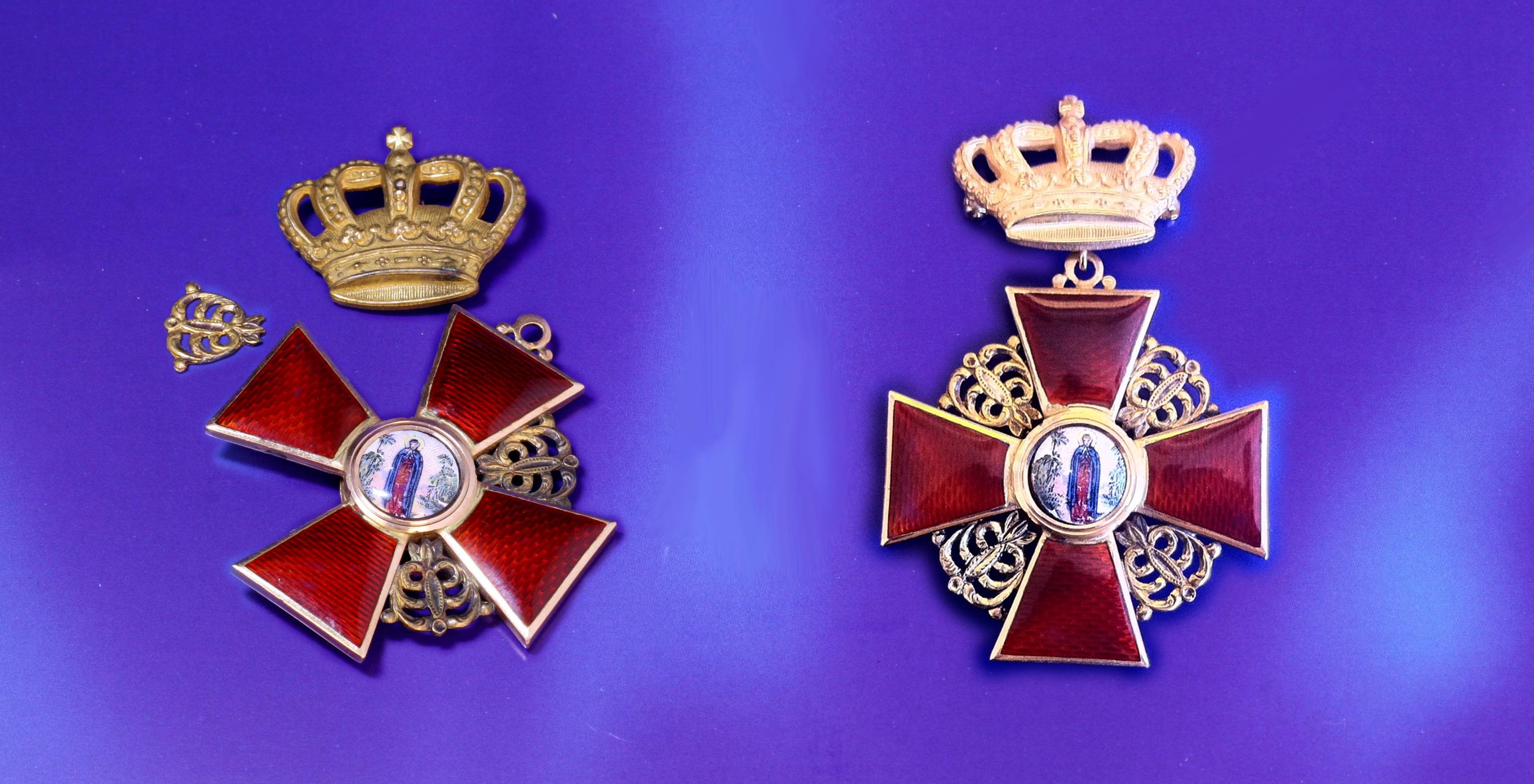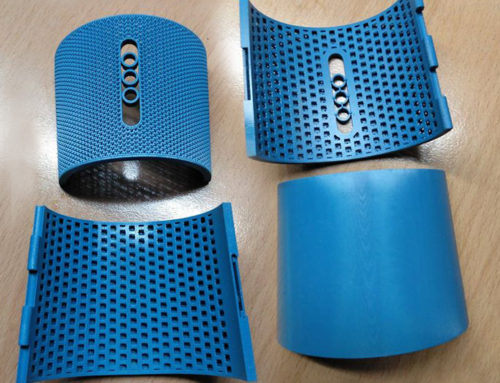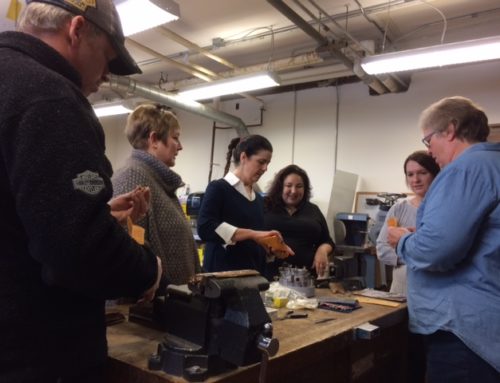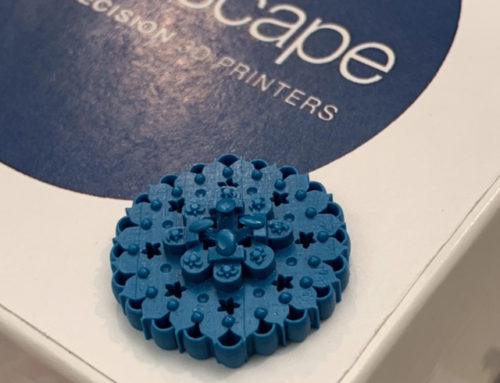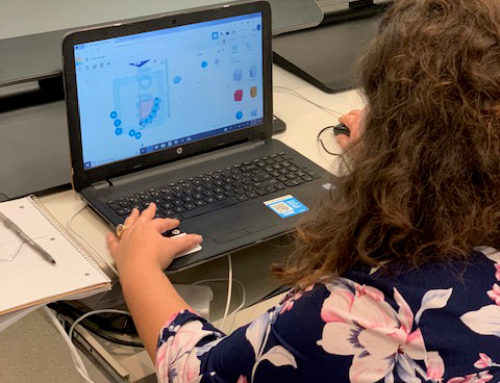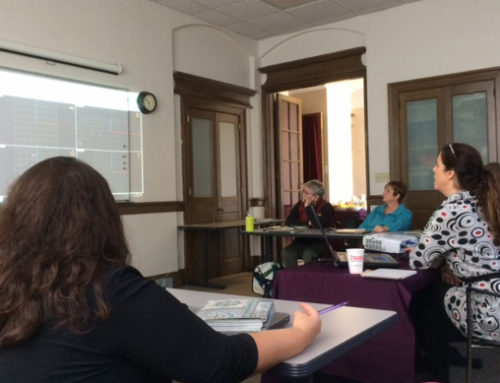By Alexandria Matossian, Designer and Creative Director of Bostonian Jewelers and one of the industry’s early CAD CAM adopters. At JCK Las Vegas in 2016, she appeared at our booth as our «Featured Designer.» She shared her extensive design knowledge to help fellow jewelers push their creativity to the next level. We are honored to have Alexandria continue to share her expertise as our guest blogger.
Restorations have always been at the heart of our business dating back generations. Prior to 1990, our industry had been limited to the same hand tools used for hundreds of years. I can only imagine where we would be if only our fathers had the tools and technology we have access to today.
Restorations are considered a specialty within our industry due to the complexities of each project. Every project is different and every project is unpredictable. There are a multitude of variables that arise during what may appear at first to be a simple sizing. In many cases, the restoration is a high risk: the risk of breakage to gemstones and/or collapse of the structural integrity. A shop specializing in restorations can navigate the complexities, but often it means the gemstones will need to be removed and reset as well as alternate safeguards for the piece. Laser welding, CAD and 3D printing technologies have reduced the risk substantially and allowed for even more comprehensive restorations. Manufacturing vintage replacement parts or new design elements have never been as efficient as they are today.
Magic
Restorations on period pieces require the fabrication of replacement parts or the complete buildup of existing structural components. Back in the day, jewelers would use lower temperature solders or flow lead solder in heat sensitive areas, contaminating the metal. Today, we can work as close as a half of a millimeter from a heat sensitive gemstone without damage for build up or assembly. Complicated filigree areas are light and delicate and many times are worn away beyond recognition. Our ability to scan and re-create the smaller designs using 3D CAD technology would have looked like magic to our ancestors.
“Yeah, but have you lost the feeling of handmade?” I say no. Our 3D printer delivers the most delicate of details to be finished in our shop. Fine filigree and flower petals with fine points are now possible through high precision equipment rather than a jeweler’s hands. In many cases we will create the replacement in many parts, just as a jeweler would handcraft a piece in multiples. This will allow for easier manipulation and a better end result.
It’s all in the details
The detail creates the personality. Mill grain, hand carving, specialty gemstones, metal color and final finishes are just some of the elements in demand for fine restorations. Tech-crafters of today have the ability to create the tiniest of models and new and exciting textures never imagined by any tool, but some details are best created by hand. From metal irregularities to a purposeful “tool slip” to create authenticity to a period piece, working with all the resources available will preserve an era for future generations.
For more info including tips, best practices and the JCK presentation on re-creating vintage with CAD, click over to Solidscape’s new Jewelry channel.


